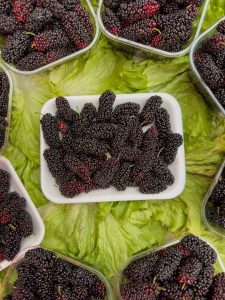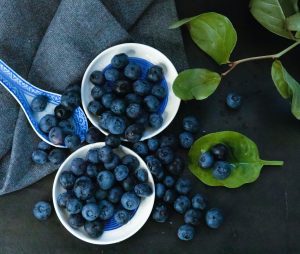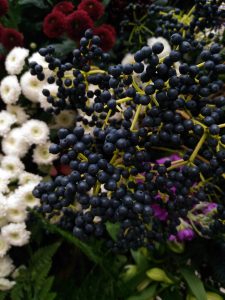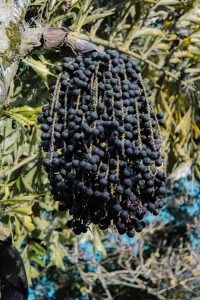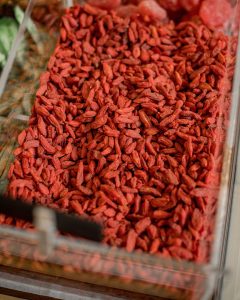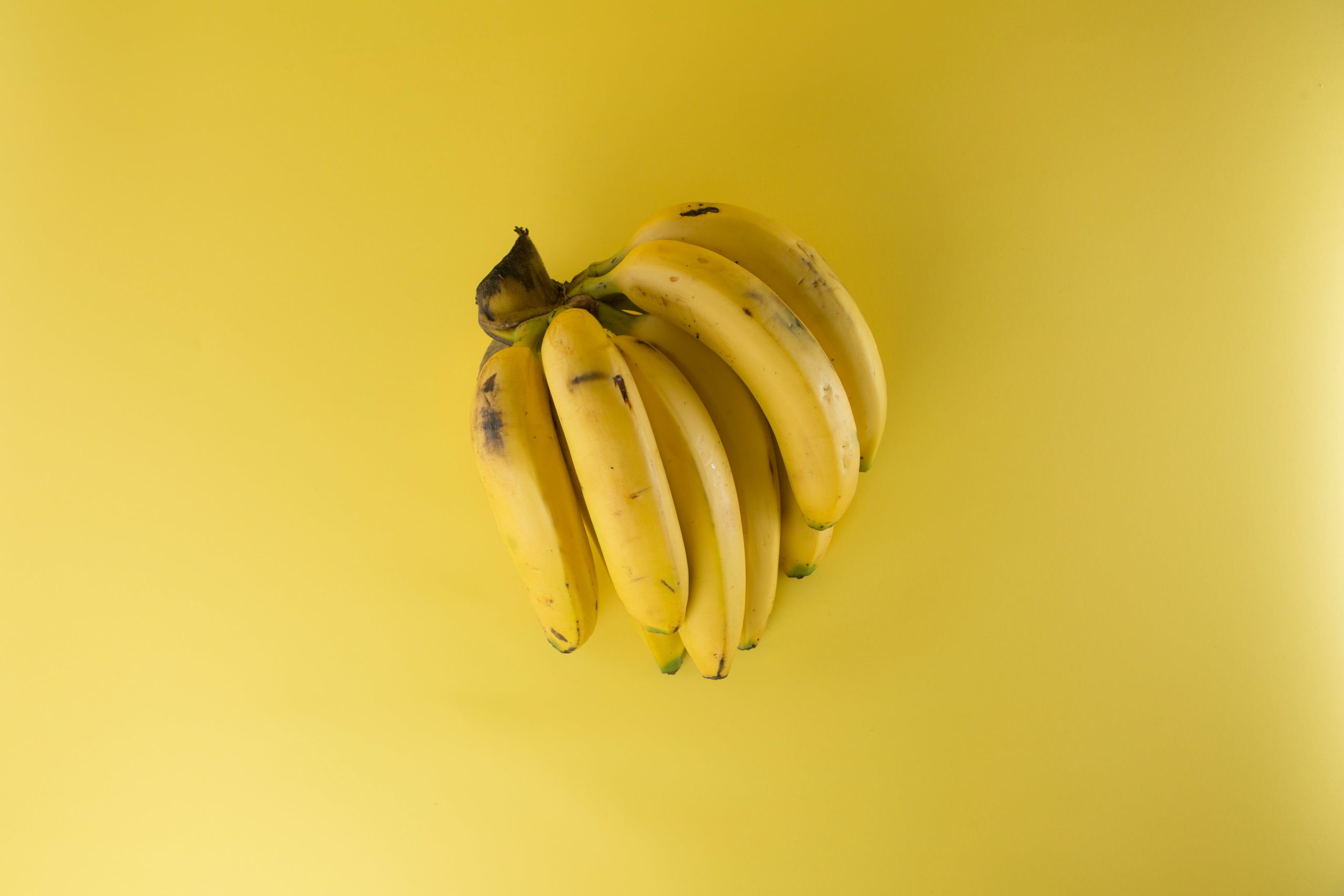
What Is a Banana?
A banana is a tropical fruit characterized by its elongated shape, vibrant yellow skin, and soft, creamy flesh. Scientifically classified as a berry, bananas belong to the Musaceae family and are primarily of the genus Musa. These fruits are a rich source of essential nutrients, including potassium, vitamin C, vitamin B6, and dietary fiber.
Bananas are one of the most widely consumed fruits globally and are known for their convenience and portability. They can be enjoyed in various ways, such as eaten fresh, sliced onto cereals, blended into smoothies, or used in baking and cooking.
Beyond their delicious taste, bananas offer numerous health benefits. The potassium content supports heart health and helps regulate blood pressure, while the fiber aids in digestion. Additionally, the natural sugars in bananas provide a quick energy boost, making them an ideal choice for a pre-workout snack.
In summary, a banana is not only a tasty and versatile fruit but also a nutritious addition to a balanced diet, contributing to overall well-being.
Why Do We Eat Bananas?
We eat bananas for several reasons, owing to their nutritional richness, convenience, and health benefits:
- Nutrient Content:
- Bananas are a rich source of essential nutrients, including potassium, vitamin C, vitamin B6, and dietary fiber. These contribute to overall health and well-being.
- Energy Boost:
- The natural sugars present in bananas—glucose, fructose, and sucrose—provide a quick and easily digestible source of energy. This makes bananas an ideal choice for a quick and revitalizing snack, especially before or after physical activities.
- Digestive Health:
- The dietary fiber in bananas promotes healthy digestion and helps prevent constipation. Regular consumption of bananas supports a well-functioning digestive system.
- Heart Health:
- Bananas are known for their high potassium content, which plays a crucial role in regulating blood pressure. Including bananas in your diet can contribute to cardiovascular health and reduce the risk of heart-related issues.
- Convenience:
- Bananas come in a natural, biodegradable package, making them a convenient and portable snack. Their peel provides protection, and they require no preparation, making them an easy choice for a healthy on-the-go snack.
- Versatility:
- Bananas can be enjoyed in various forms—fresh, sliced into cereals, blended into smoothies, or incorporated into baking and cooking. Their versatility makes them a versatile ingredient in a wide range of dishes.
- Natural Sweetness:
- Bananas offer a satisfying sweetness without the need for added sugars. This makes them a healthier option for those looking to satisfy their sweet cravings naturally.
In summary, the combination of nutritional value, energy-boosting properties, digestive benefits, convenience, versatility, and natural sweetness makes bananas a popular and wholesome choice in many diets around the world.
When Do We Eat Bananas?
Bananas are versatile and can be enjoyed at various times throughout the day, depending on personal preferences and dietary needs. Here are some common occasions when people often choose to eat bananas:
- Breakfast:
- Sliced bananas can be added to cereal, yogurt, or oatmeal for a nutritious and energy-packed start to the day.
- Snacking:
- Bananas make for a convenient and healthy snack between meals. Their natural sugars provide a quick energy boost.
- Pre-Workout:
- The easily digestible carbohydrates in bananas make them an excellent choice for a pre-workout snack, providing a quick source of energy.
- Post-Workout:
- Consuming bananas after exercising helps replenish glycogen stores and provides essential nutrients to support recovery.
- In Smoothies:
- Bananas add creaminess and sweetness to smoothies. They are a common ingredient in various fruit and green smoothie recipes.
- Lunchbox Addition:
- Packed with their own natural protective peel, bananas are a mess-free and convenient addition to lunchboxes.
- Desserts:
- Bananas can be used in baking, such as in banana bread or muffins, adding a natural sweetness and moist texture to these treats.
- As a Natural Sweetener:
- Mashed bananas can be used as a healthier alternative to sugar in some recipes, adding sweetness to dishes like pancakes or oat bars.
- Late-Night Snack:
- Bananas can be a satisfying and healthy option for a late-night snack due to their natural sugars and calming effect on hunger.
Ultimately, the timing of consuming bananas depends on individual preferences, nutritional goals, and the desired energy levels for different activities throughout the day.
Ingredients of Bananas
Bananas, as a natural fruit, have a straightforward composition consisting of various essential nutrients. The main components of bananas include:
- Carbohydrates:
- Bananas are primarily composed of carbohydrates, with natural sugars such as glucose, fructose, and sucrose providing the sweet taste.
- Dietary Fiber:
- Bananas are an excellent source of dietary fiber, which includes both soluble and insoluble fiber. This fiber aids in digestion and contributes to a feeling of fullness.
- Potassium:
- Bananas are rich in potassium, an essential mineral that plays a crucial role in maintaining proper fluid balance, supporting heart health, and helping regulate blood pressure.
- Vitamin C:
- Bananas contain vitamin C, an antioxidant that supports the immune system and helps the body absorb iron.
- Vitamin B6:
- Bananas provide vitamin B6, which is important for brain development and function, as well as the formation of red blood cells.
- Natural Sugars:
- Bananas contain natural sugars, providing a quick and easily digestible source of energy.
- Water:
- Like most fruits, bananas have a high water content, contributing to their juiciness and aiding in hydration.
The simplicity and natural sweetness of bananas make them a convenient and nutritious snack. They are often enjoyed as a standalone snack, added to smoothies, or incorporated into various recipes for added flavor and texture. Eating bananas in their whole form, with the peel removed, provides a range of health benefits due to their nutrient-rich composition.
Types of Bananas
There are numerous types of bananas, each with its own distinct flavor, texture, and uses. Here are some common varieties of bananas:
- Cavendish Banana:
- This is the most widely consumed banana globally. It has a mild, sweet flavor and a creamy texture. The Cavendish is the variety commonly found in grocery stores.
- Lady Finger Banana (Orito):
- These small, slender bananas have a delicate, sweet taste and a creamy texture. They are often used in desserts and can be eaten fresh or cooked.
- Manzano Banana:
- Also known as Apple Banana, this variety has a distinctive apple-like flavor. It is shorter and thicker than the Cavendish and has a creamy texture.
- Red Banana:
- With a reddish-purple skin, the Red Banana has a sweet flavor with a hint of raspberry. It has a creamier texture compared to the Cavendish.
- Burro Banana:
- Characterized by its blocky shape and stubby ends, the Burro Banana has a tangy, lemon-like flavor. It is often used in cooking and has a firmer texture.
- Plantain:
- While not strictly a banana, plantains are similar and are a staple in many tropical cuisines. They are larger and starchier than typical bananas and are often cooked before consumption.
- Pisang Raja (King Banana):
- This Indonesian variety is known for its sweet taste and aromatic flavor. It has a creamy texture and is often eaten fresh.
- Blue Java Banana:
- Also called the Ice Cream Banana, this variety has a unique, vanilla-like flavor and a creamy texture. It gets its name from the appearance and texture, which resembles vanilla ice cream.
- Mysore Banana:
- Common in India, the Mysore Banana has a sweet flavor and a distinctive aroma. It is often used in cooking and eaten fresh.
These are just a few examples, and there are many more banana varieties, each with its own regional popularity and culinary uses. The availability of specific types may vary depending on the region and local markets.
Signs of Ripe, Signs of Raw and Signs of Rotten Bananas
Signs of Ripe Bananas:
- Yellow Peel:
- Ripe bananas have a bright yellow peel. Some varieties may even have small brown spots, indicating ripeness.
- Firmness:
- While ripe bananas are still firm, they yield slightly to gentle pressure. Avoid bananas with a greenish hue if you prefer them fully ripe.
- Aroma:
- Ripe bananas emit a sweet, pleasant aroma. If you can smell a fruity fragrance, it’s a sign that the banana is ripe.
- Fullness:
- Ripe bananas feel full in the hand and are plump. They may be at their sweetest when the peel has just started to develop small brown speckles.
Signs of Raw Bananas:
- Green Peel:
- Raw or unripe bananas have a green peel. They may be suitable for cooking or for those who prefer a less sweet taste.
- Hardness:
- Raw bananas are firm and hard to the touch. They do not yield much when you apply gentle pressure.
- Lack of Aroma:
- Unripe bananas have a minimal fragrance. They typically lack the sweet aroma associated with ripe bananas.
- Chalky Taste:
- If you bite into a banana, and it tastes starchy or chalky, it’s a sign that it is not fully ripe.
Signs of Rotten Bananas:
- Brown or Black Spots:
- Overripe or rotten bananas develop brown or black spots, which may spread across the peel.
- Mushy Texture:
- Rotten bananas feel excessively soft and mushy. The texture may become unpleasantly gooey.
- Unpleasant Odor:
- Rotten bananas emit a sour or fermented smell. If the odor is off-putting, the banana may be overripe or starting to decay.
- Leakage:
- A banana with visible liquid or oozing from the peel is likely overripe and starting to spoil.
It’s important to note that personal preferences for banana ripeness vary, and the ideal stage for consumption depends on individual taste preferences and planned use (e.g., eating fresh, cooking, or baking).
Summary
In summary, bananas are a widely enjoyed tropical fruit with various types, each offering unique flavors and textures. Understanding the signs of ripeness, rawness, and spoilage helps ensure an optimal banana-eating experience.
Ripe bananas boast a bright yellow peel, slight firmness, sweet aroma, and fullness in hand. Raw bananas feature a green peel, hardness, minimal aroma, and a starchy taste. Rotten bananas exhibit brown or black spots, mushy texture, an unpleasant odor, and potential leakage.
Whether enjoyed fresh, in smoothies, or as an ingredient in various dishes, bananas provide a convenient and nutritious snack option with their natural sweetness, versatility, and array of health benefits.

